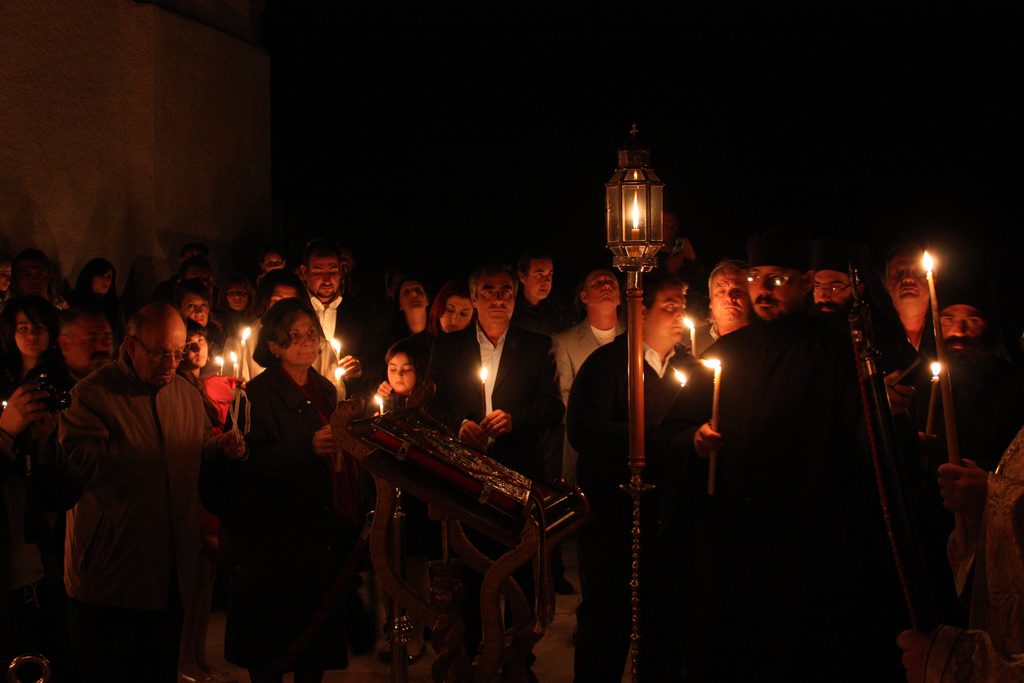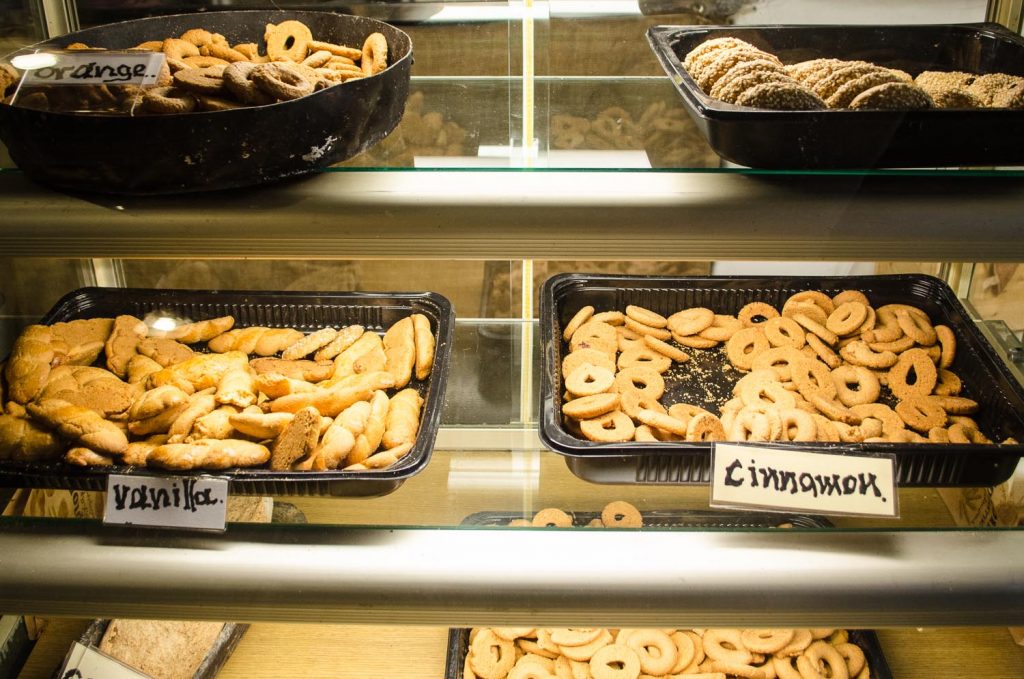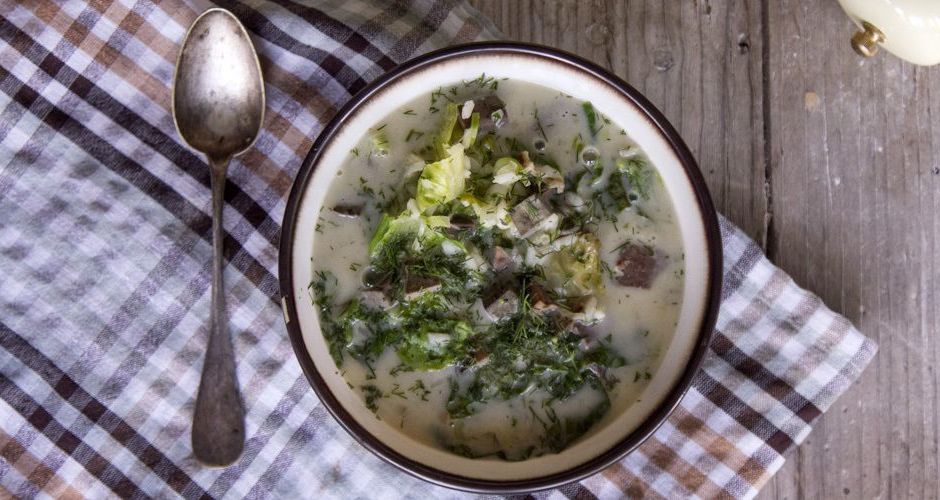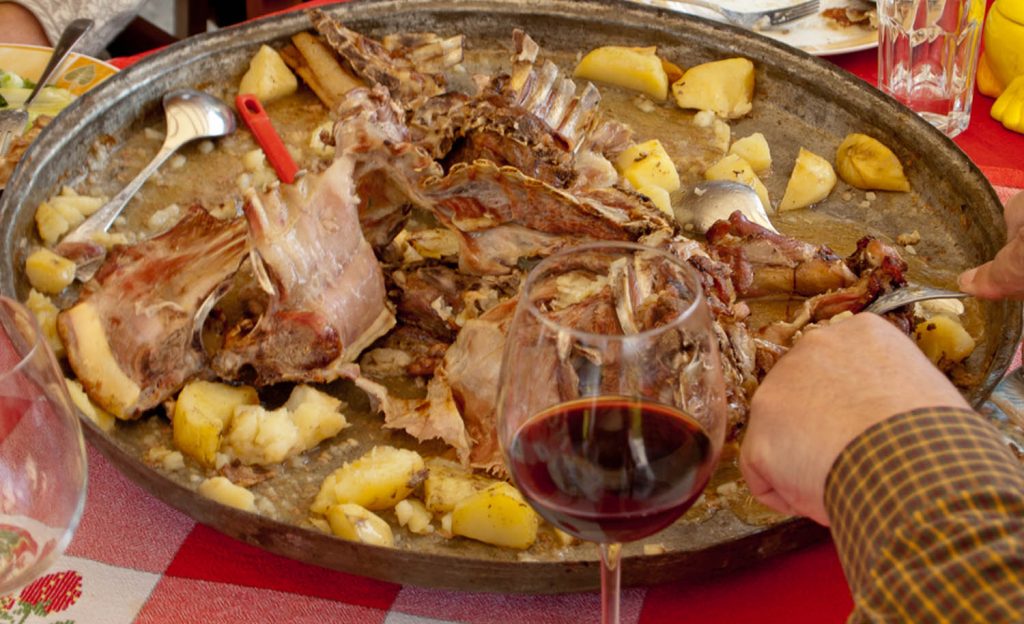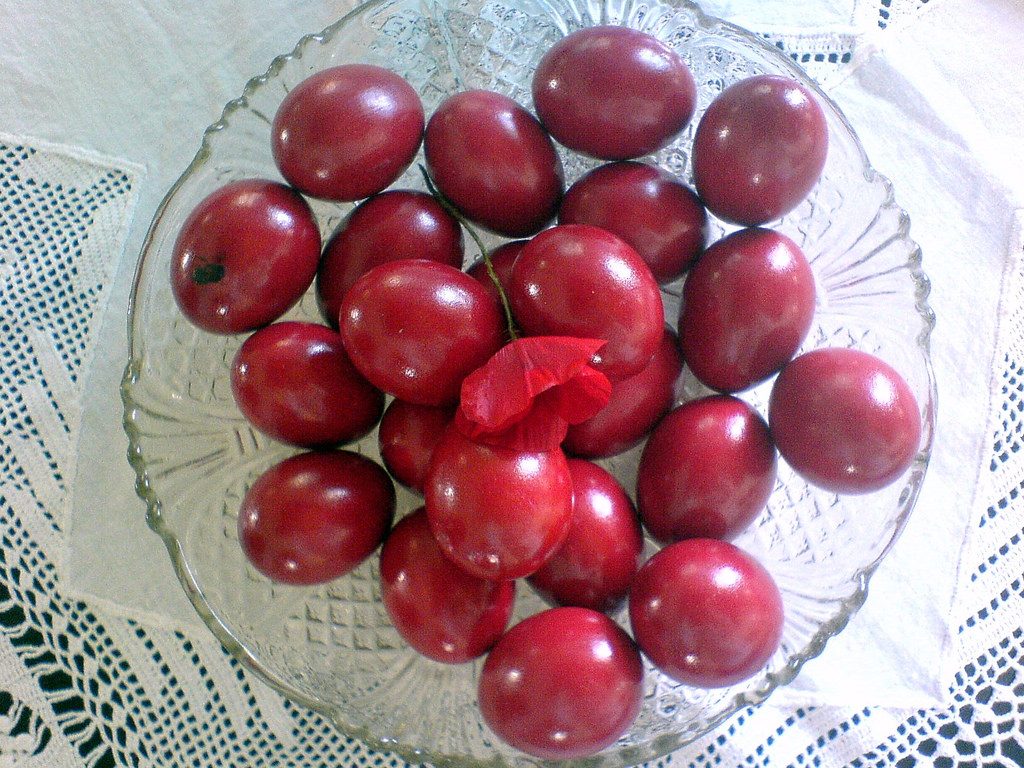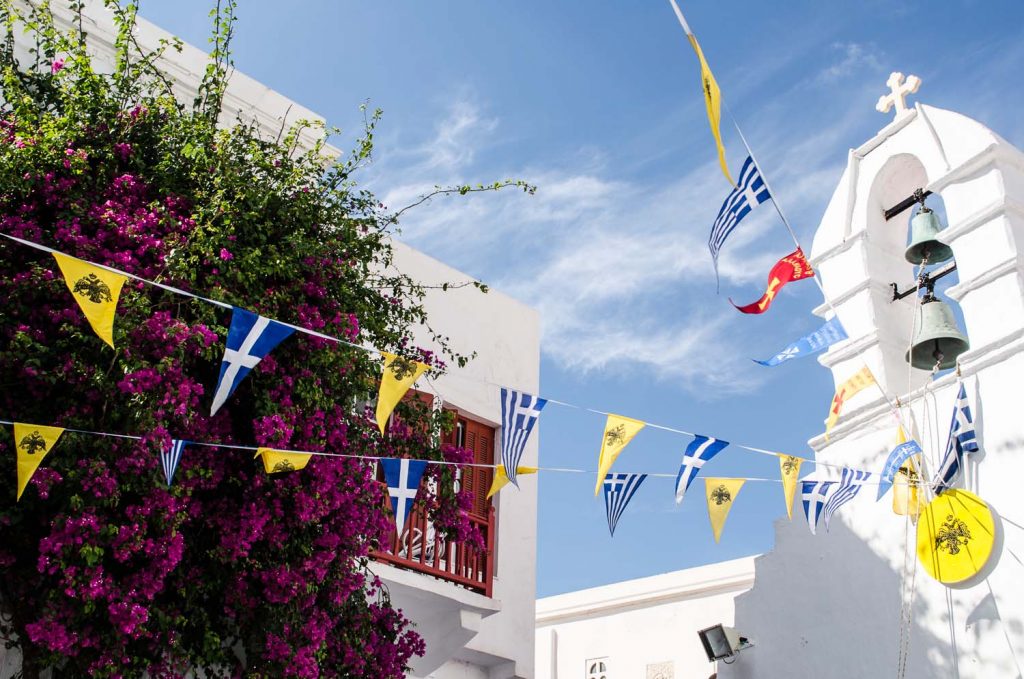The Easter foods of Greece are an important part of the biggest holiday of the year here.
Easter in Greece
In the Greek Orthodox church, Easter Sunday is the culmination of 48 days of fasting. For weeks, those following the fasting customs have abstained from meat, fish and seafood with backbones and animal products such as milk, cheese and eggs. As soon as the clock turns midnight it is time for some serious feasting to celebrate.
Easter Foods of Greece
No matter where you may be traveling, whether it is Athens, Crete or Mykonos there are many variations of the same traditional foods. Here are the Easter foods of Greece to look forward to should you be traveling here:
Tsoureki
This is a special braided sweet bread reek Easter bread. It resembles brioche. The bread’s fragrant, full and rich flavor comes from aromatic spices used in many regional traditional tsoureki recipes: mastic and mahlab.
Koulourakia
These delicious Easter biscuits are made at home or you can buy them any bakery. These butter-based cookies are traditionally hand-shaped and feature an egg glaze on top. They are sweet with a hint of vanilla.
Magiritsa
After the midnight mass, the staple of the early morning Easter meal is a soup called magiritsa. Made with lamb offal, it may seem like a heavy kind of soup to savor at two or three o’clock in the morning but it is tradition since, in the past people were not supposed to have been eating meat.
Spit-Roasted Lamb
The smell of this food will fill the air around any village, town or city in Greece. It is the centerpiece of the traditional Easter Sunday feast. Whole families and even communities make sure to tie a lamb to a revolving spit. If the spit isn’t mechanized, everyone takes part in turning it. By the time lunch or early dinner is served, it is perfectly roasted. To go along with the lamb, delicious Greek potatoes are often served, slow-baked with olive oil, oregano and lemon.
Red Easter Eggs
Easter eggs in Greece aren’t pastel colored. They are red, a color meant to symbolize the blood of Christ. There’s no such things as Easter egg hunting here.
On Easter Sunday, it’s time for the Greek tradition of tsougrisma, an egg cracking game which symbolizes the breaking open of Jesus Christ’s tomb and his resurrection from the dead. Participants carefully choose a strong-looking egg, and then tries to crack it everyone else’s egg with it – without cracking their own eggs in the process. The holder of a victorious uncracked egg is said to have luck for the coming year.
Have you ever experienced a Greek Easter feast featuring any of these Greek Easter foods?


